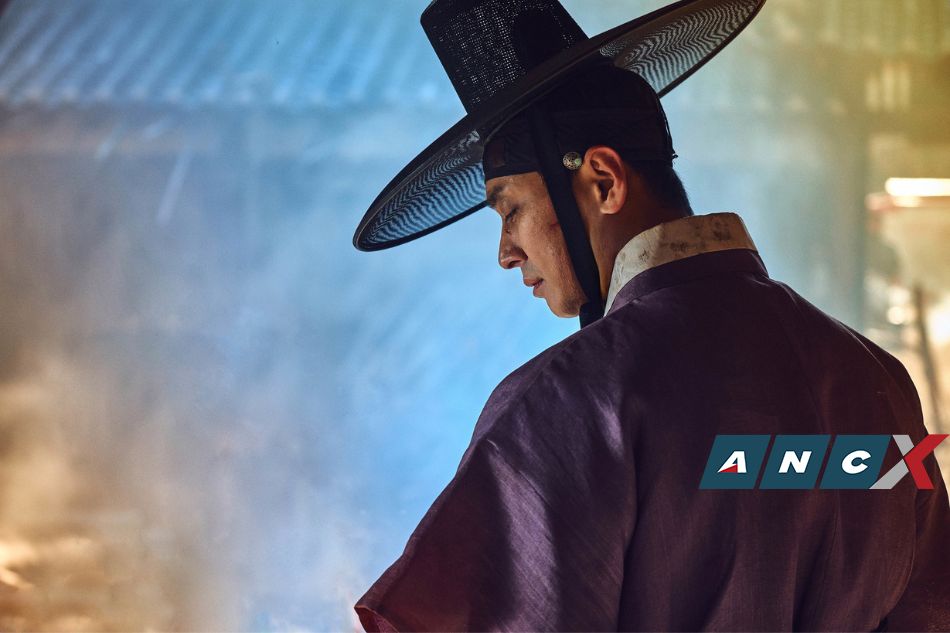Whether you’re a fan of historical Korean dramas or just an admirer of hats in general, you will find something to love in “Korea: A Land of Hats,” one of the inaugural shows in the newly opened M, or the Metropolitan Museum of Manila in BGC. If you’re looking to find a more solid backgrounder on Korea’s affinity for hat-wearing beyond what entire seasons of “Kingdom” or “The Moon Embracing The Sun” might have offered, we recommend you spend a few minutes going around this traveling exhibition. There are even a few hats you can try on.
Korea’s traditional hats were more than decorative accessories or practical tools that protect the wearer from sunlight—many of them were too sheer to do that. “Every hat worn during the 500-year reign of the Choson monarchs was indicative of the wearer’s status in society, alluding to class, gender, occupation and affiliation,” says the museum on Instagram.
In fact, a series of oil paintings by the artist Hong Soun included in the exhibit depicts only the back of heads of different men from the Joseon dynasty, with only their hats distinguishing one guy from the next. Even without their faces, it can’t be ignored how proudly each of these characters assert their identities through their style of head gear.
There are nobleman’s inner skullcaps on display, as well as different kinds of outdoor hats. There are wide-brimmed hats and narrow-brimmed ones. Hats that look like domes and hats that seem to have ears. Confucian scholars either wore a bokgeon, “which dropped in a natural curve from the crown to the back,” or the yugeon, made unique by its “pointy folded sides.” Meanwhile, a hogeon is an infant boy’s hat worn during his first birthday celebration.
Many of the hats on display showcase impeccable craftsmanship, especially the gat, a popular traditional hat made of horsehair on a bamboo frame, is almost see-thru and secured on one’s head by a string tied underneath the chin. There’s a black gat and a white gat while a red gat is reserved for men in the military.
There was a period in Korea when wearing a hat when venturing outside was absolutely necessary—“because appropriate presentation was extremely important,” said one of the exhibition notes. “You could easily identify a man by his hat because hats differed by rank, occupation, ceremony and season.” It was hardly an accessory but an extension of one’s person.
“Korea A Land of Hats” is in collaboration with the Korean Cultural Center and the Coreana Cosmetics Museum. The Metropolitan Museum of Manila is located at the MK Tan Center in BGC (near Bonifacio High Street, across Piandre). Pre-registration and confirmed time slots are mandatory for entry. Visit the @metmuseummanila on Instagram






